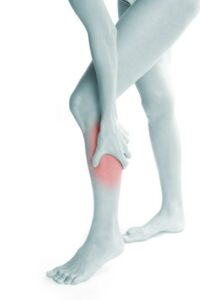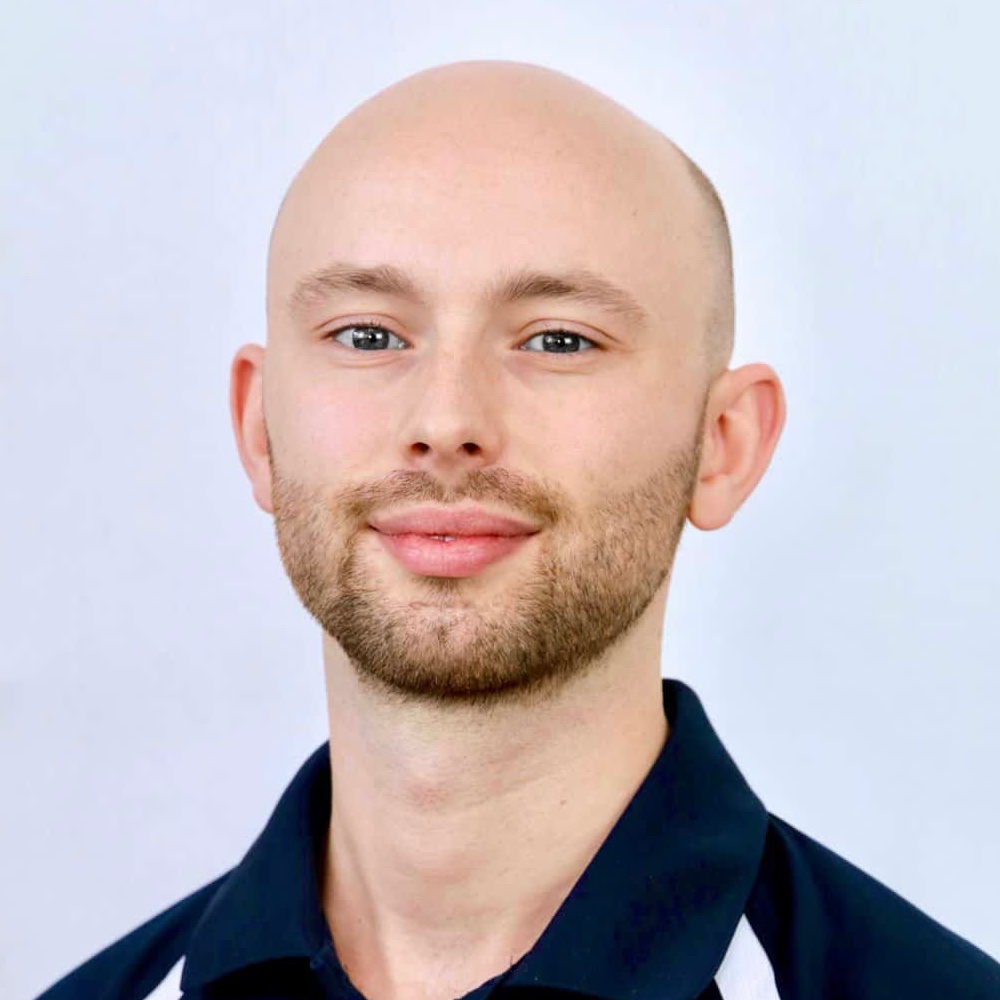 Shin splints are the pain along or behind the shin bone- the large bone in in the front of the lower leg. It usually occurs during physical activity and is the result of too much force developing along the shinbone due to tightness within the fascia and muscular system. Those who regularly engage in sports are the most likely to develop this type of pain particularly if they run regularly on hard surfaces.
Shin splints are the pain along or behind the shin bone- the large bone in in the front of the lower leg. It usually occurs during physical activity and is the result of too much force developing along the shinbone due to tightness within the fascia and muscular system. Those who regularly engage in sports are the most likely to develop this type of pain particularly if they run regularly on hard surfaces.
The Sheffield Physiotherapy clinic offers treatment for shin splints and is based on Ecclesall Road. We have physiotherapists experienced in the management of this condition waiting to help you. Physiotherapy treatment can help to reduce or stop the pain that results from activity and allow you to progressively build up you activity levels while stretching and loosening the tight tissues. Treatment from a professional is often vitally important as shin splints are notoriously difficult to recover from as rest will often give relief but on resumption of activity the symptoms return. Active treatment and advice on exercises that can be performed at home as well as advice on the appropriate rate of return to sport is often essential in order to make a full recovery.
This particular type of leg pain can be caused by the lack of warm up exercises before a certain activity, too much training and improper stretching. Worn out shoes that don’t have enough support is another factor that can cause shin splints to develop. Increasing pain during strenuous activity like jumping, running and sometimes even walking on hard surfaces are symptoms of shin splints. Rest is the initially the best treatment, but if the pain persists for more than a few weeks simply call: 0114 268 6677 to book an appointment to see a physiotherapist.

